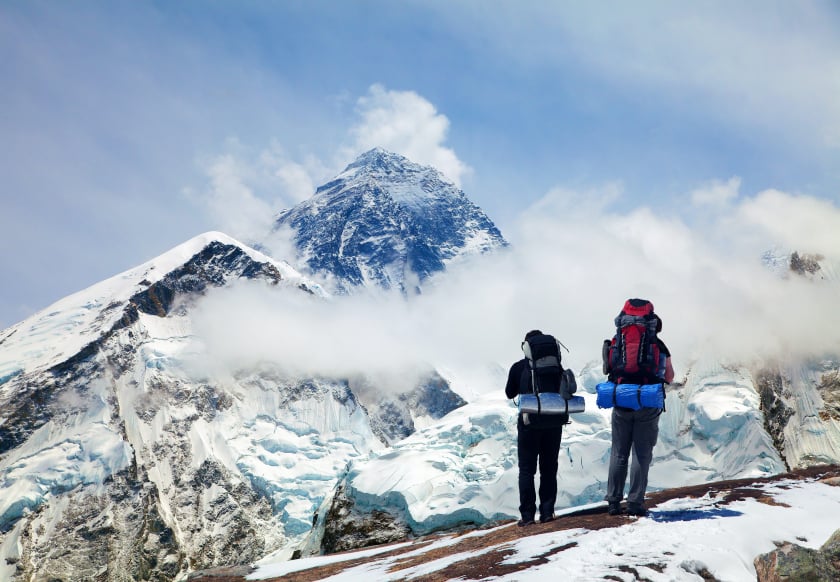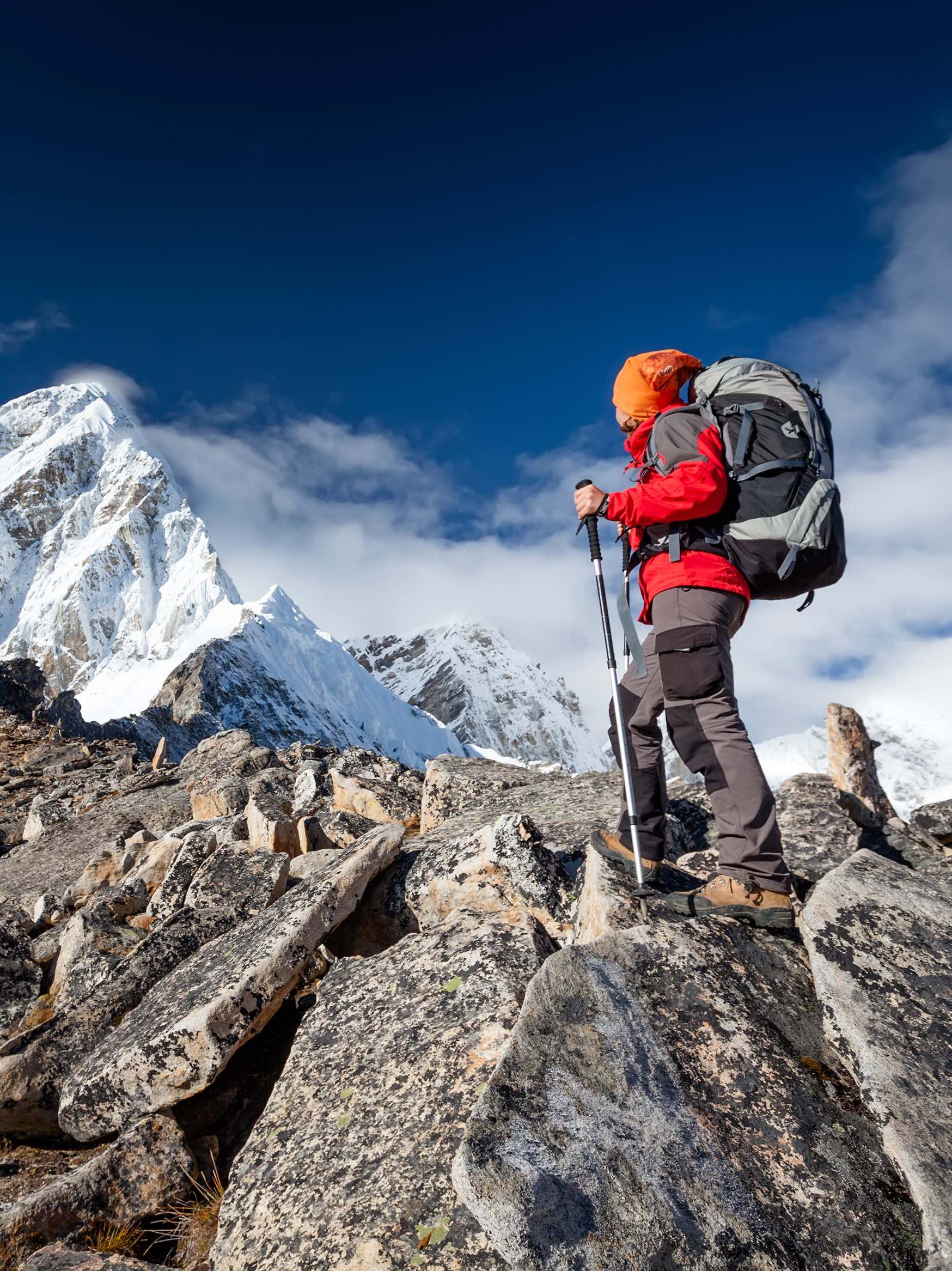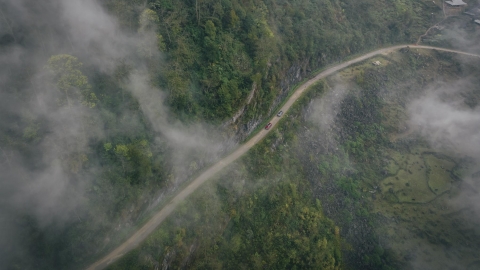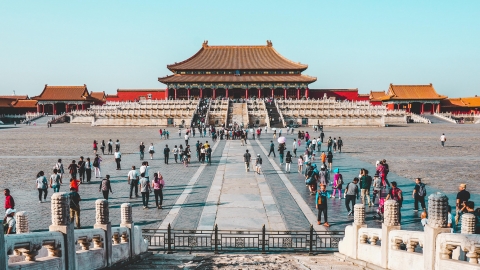Under the new law, foreign tourists, whether solo or in groups, whether new or experienced, must hire a licensed guide and obtain a permit from a tour operator. This law does not apply to Nepalese citizens.
“When you travel alone, there is no one to help you in case of an emergency,” said Mani R. Lamichhane, head of the Nepal Tourism Association. “It is fine in the cities, but in the remote mountainous areas, the infrastructure is not adequate. When tourists go missing, even the authorities have a hard time finding them because they have gone to remote areas. Many are found dead. This law is for the good of tourists.”
Accordingly, the Nepalese government issued a ban on solo hiking in 12 national parks across the country, including the country's most popular trails such as the 145-mile Annapurna route.

Tourists climbing mountains in Nepal. Photo: Shutterstock
The decision is aimed at reducing the number of accidents or disappearances of tourists in areas with difficult terrain. Tourists are still allowed to travel independently outside the national park, such as around the city of Kathamandu. The new law takes effect from April 1.
Nepal's tourism board said the ban on solo climbers was already in place. The new ban was expanded nationwide to prevent inexperienced climbers from getting into accidents or going missing while climbing.
Dozens of tourists go missing each year while hiking in Nepal’s rugged mountainous terrain, local tour guides say, with search and rescue efforts costly and sometimes impossible.
As travel costs become more affordable, mountain climbing and trekking have become more popular. In countries like Nepal, home to eight of the world’s ten highest peaks, this has led to unimaginable scenes like traffic jams on Mount Everest. This can be dangerous for already fatigued climbers, who spend long periods in oxygen-deprived conditions at high altitudes.
In 2019, nearly 300,000 climbers traveled to Nepal for hiking, including nearly 46,000 solo trekkers. They prefer to trek alone to save money or explore freely. But this can be dangerous for tourists because of the rugged terrain and temperature changes, making it easy for people to get lost or stranded.
Many tour operators welcomed the decision by the Nepal Tourism Board, calling it “a win for the safety of tourists and the country’s economy.” Others worry that the law will increase travel costs, leading to fewer visitors to Nepal at a time when the country’s economy has been severely affected by the pandemic. According to the World Bank, tourism accounts for nearly 7% of GDP in this country, which is among the world’s poorest.
Nilhari Bastola, president of the Nepal Trekking Companies Association, said the new policy would help prevent accidents and could create 40,000 new jobs for locals. He said the ban would not affect tourists’ budgets because hiring guides costs an average of $25 to $50 a day. The one-tourist-one-guide policy would create more jobs, which would be good for Nepal’s economy.



































